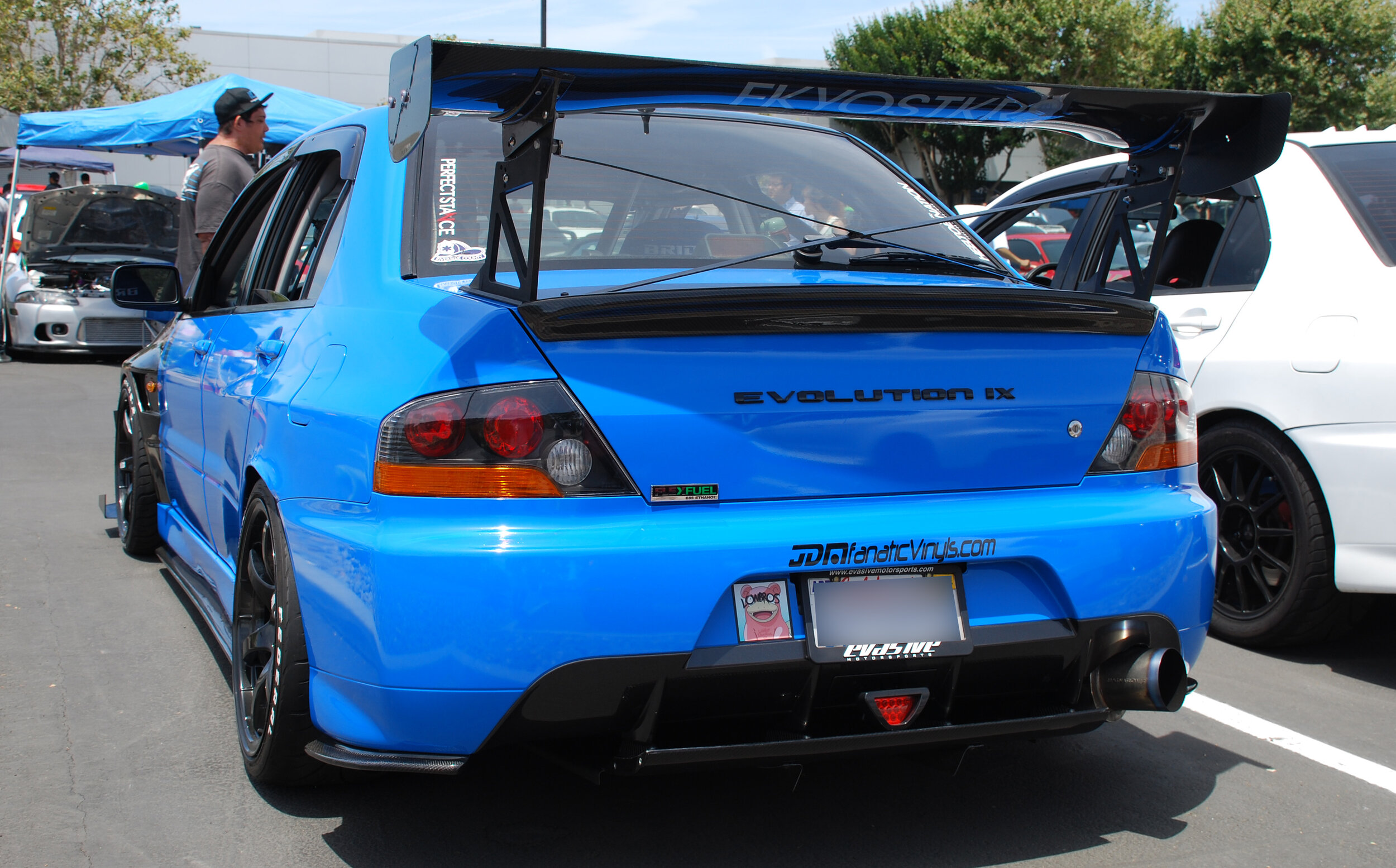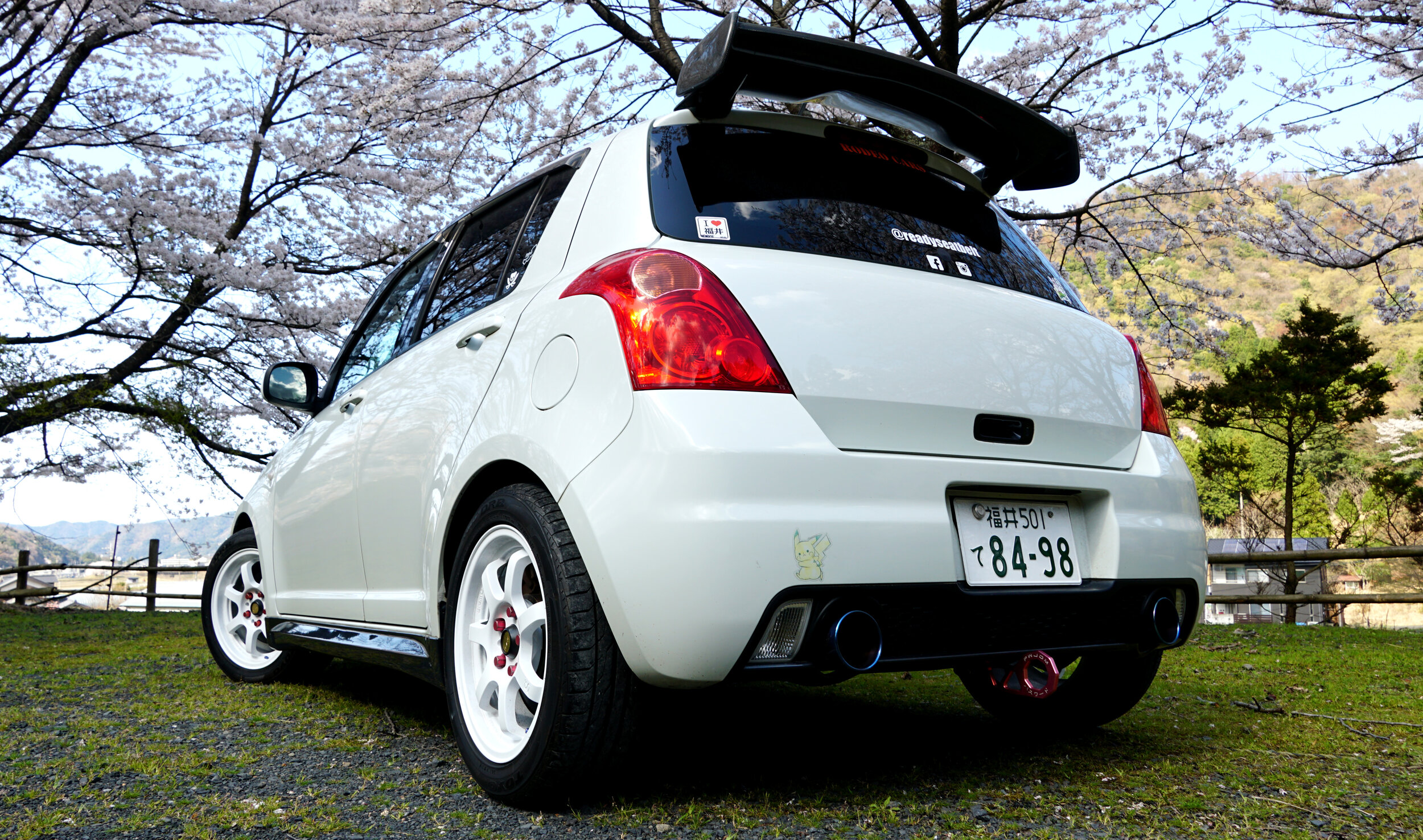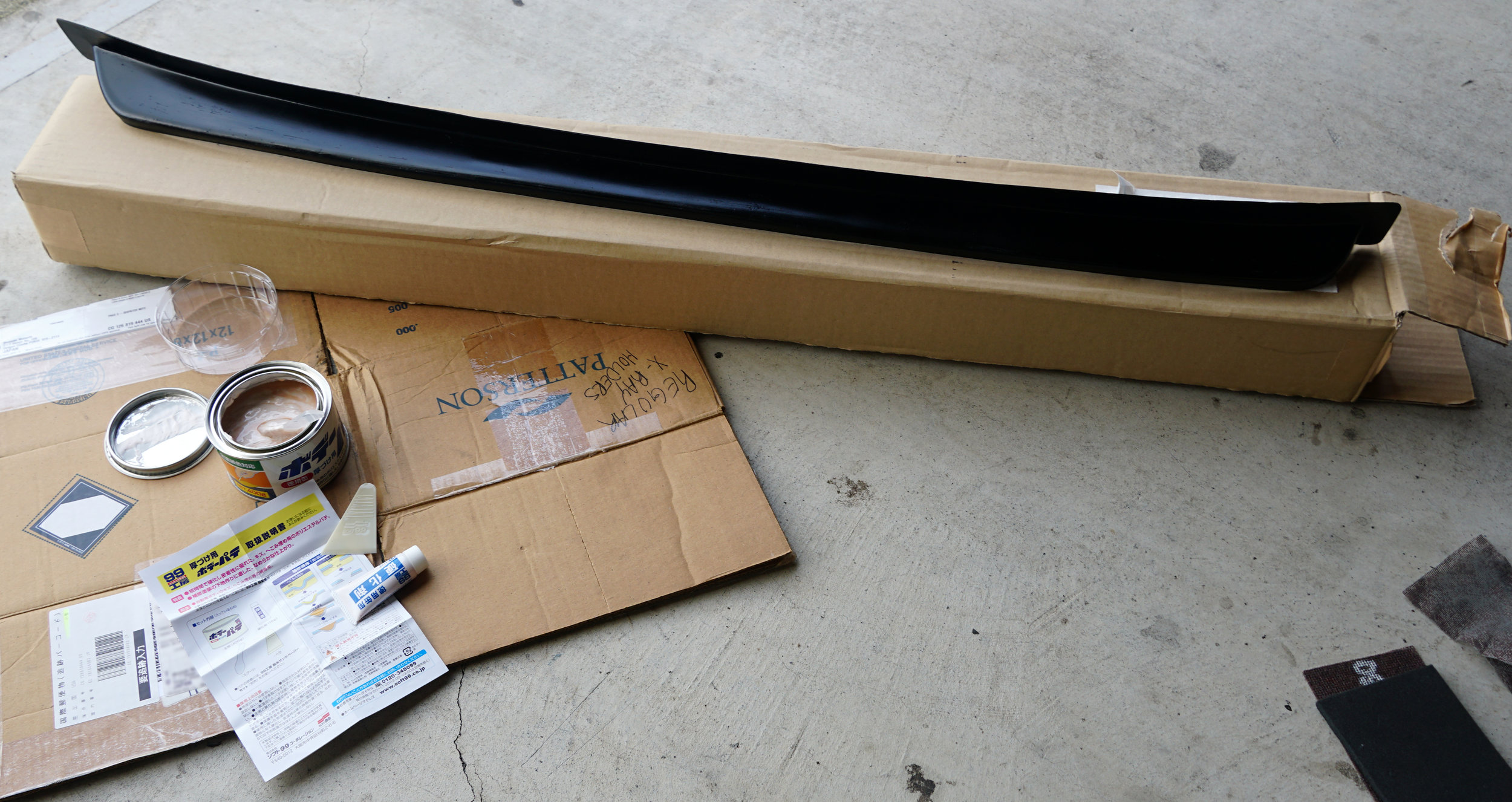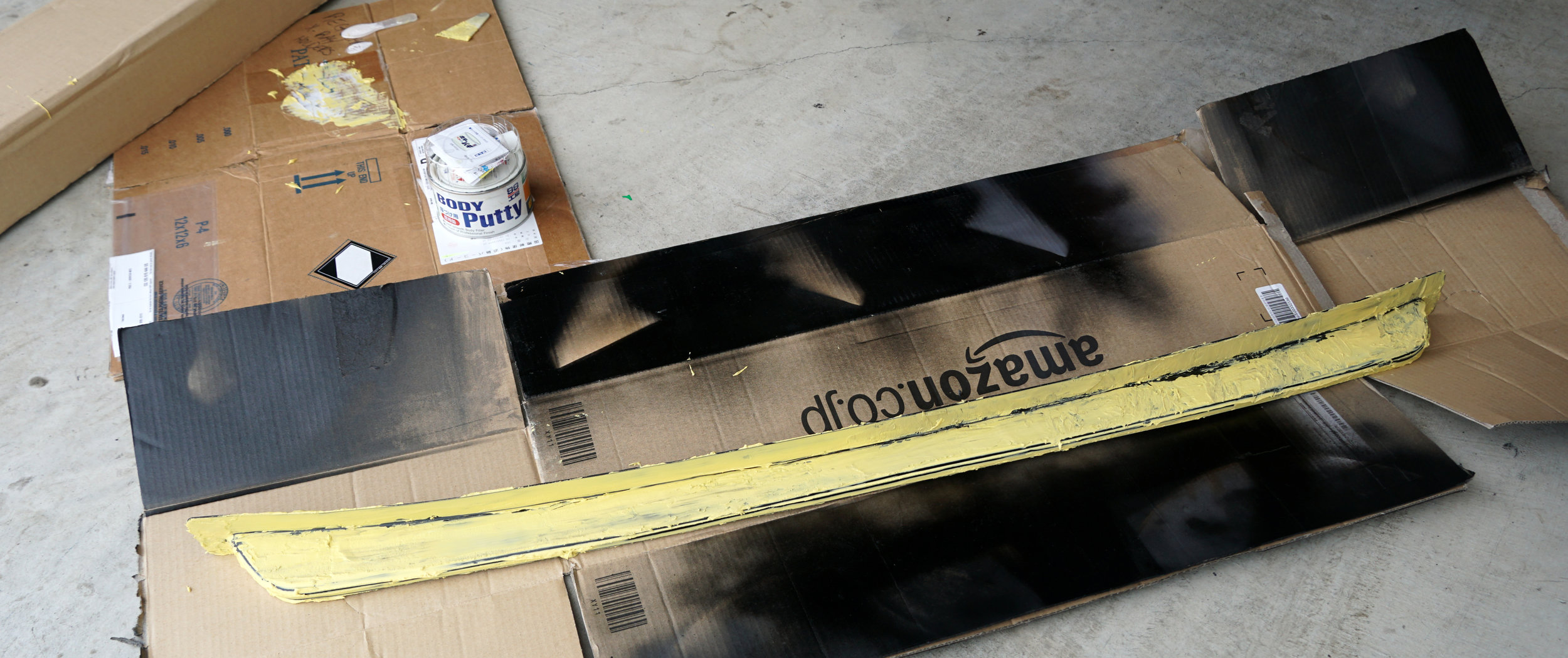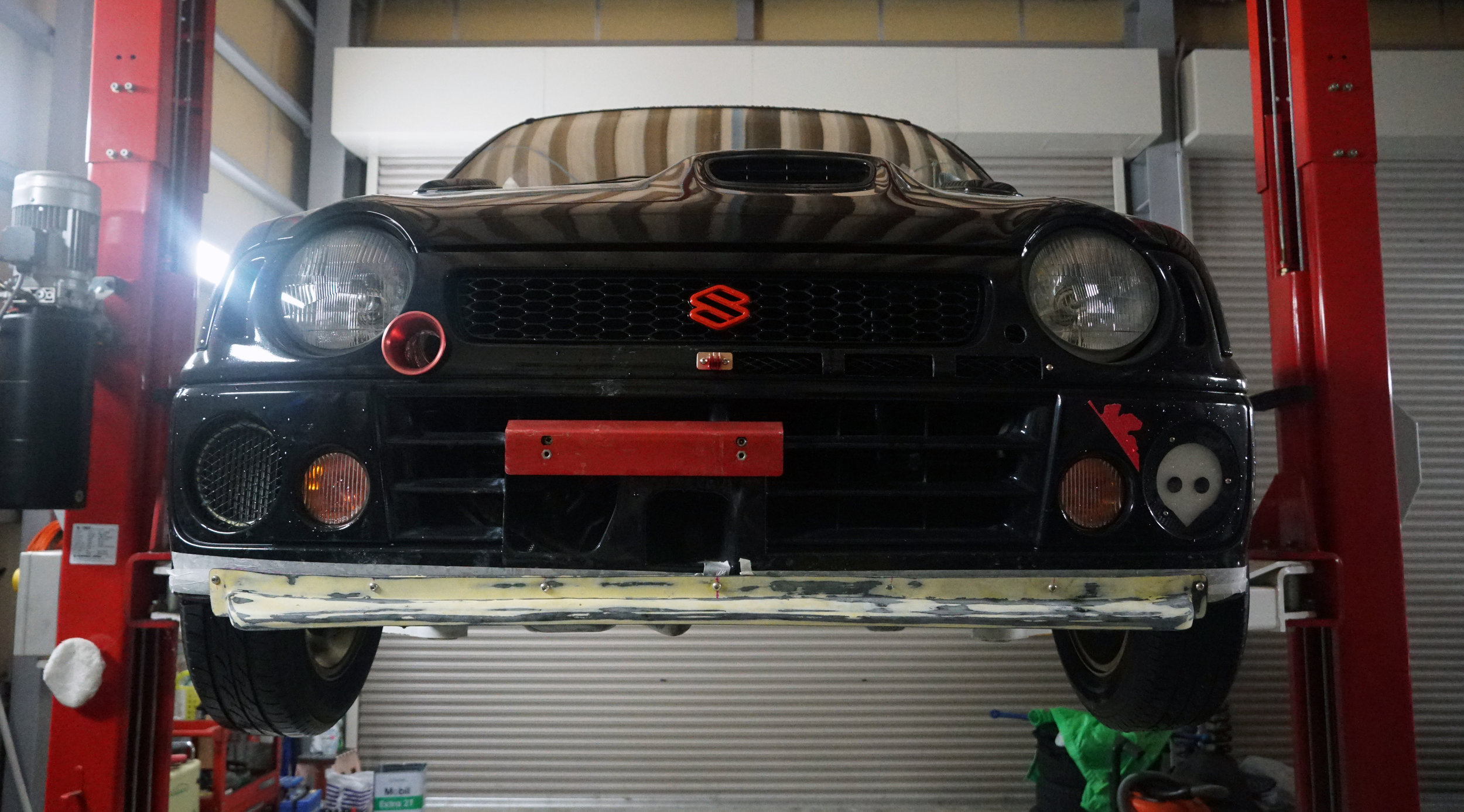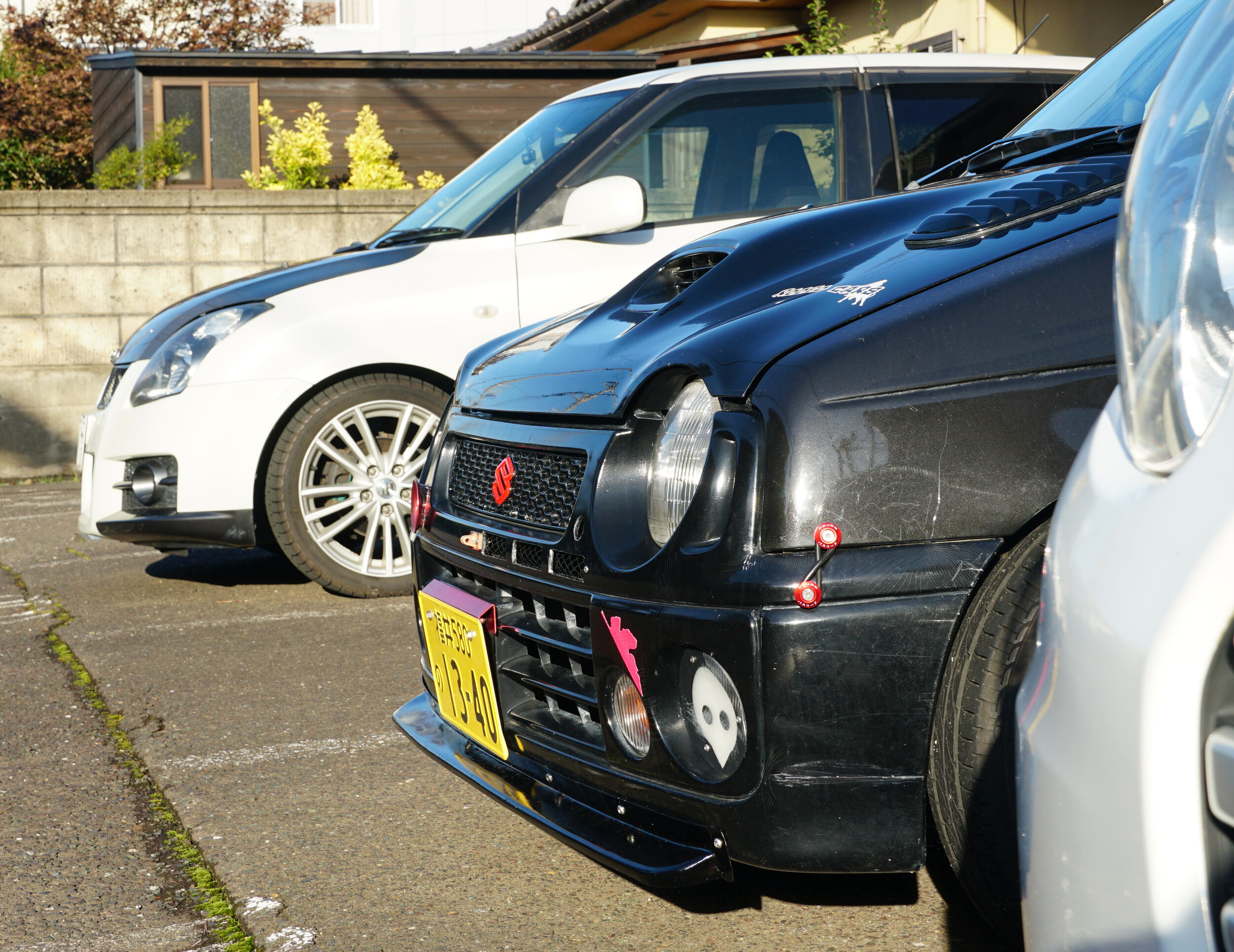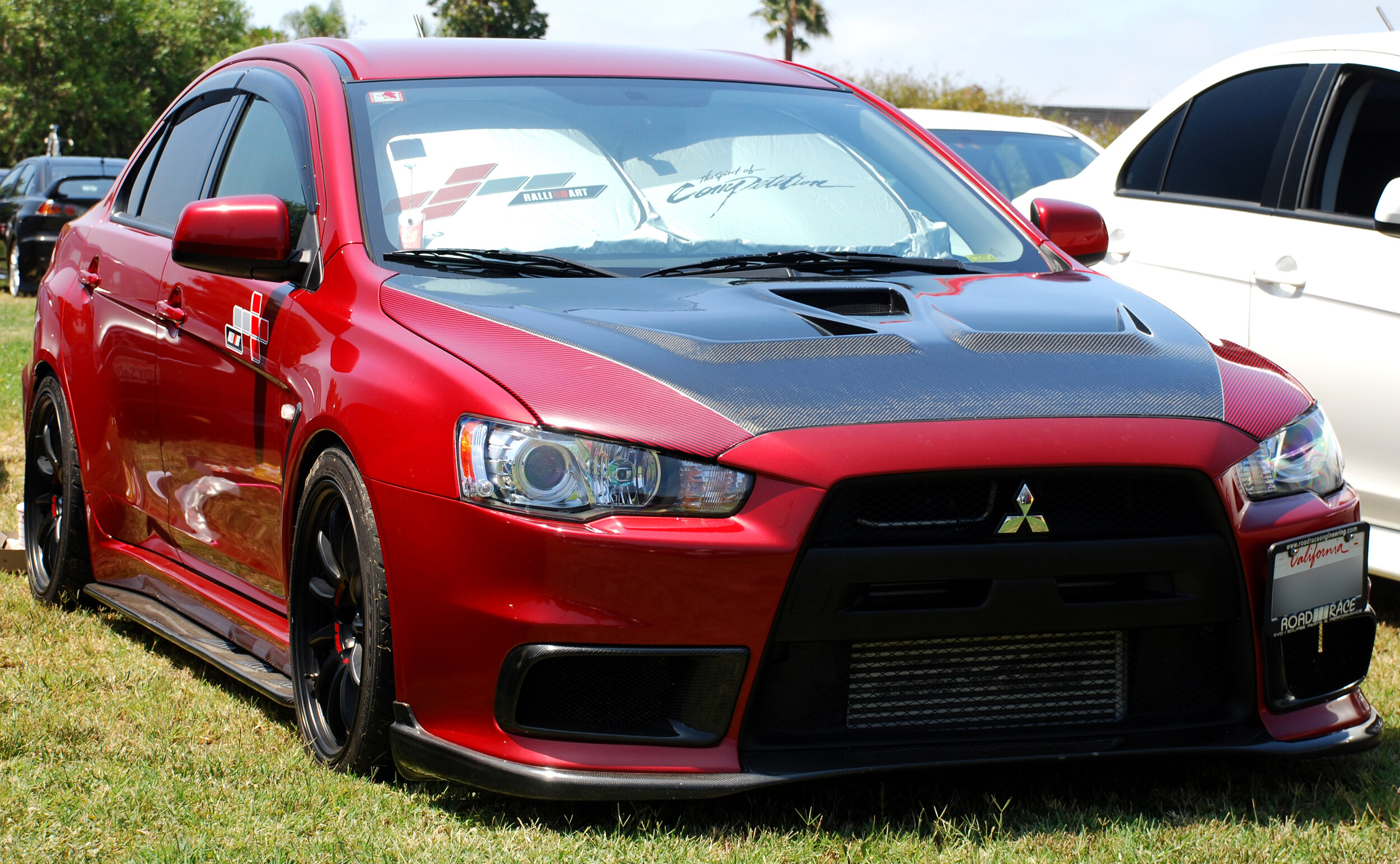[ Alto Works ] TRUST / GReddy Produce Carbon Fiber Rear Wing Spoiler, Part 1
I’ve previously touched on aero enhancement as one reason to add front lip spoilers, adding downforce and separating upper air from underbody aero. I left out one, precious part of the aero equation, the rear. More specifically, I’m going to talk about spoilers and wings.
Sure they look racing and sporty, but why do people add them?
Let’s be clear: wings are not spoilers and spoilers are not wings. While people may colloquially call spoilers wings and vice-versa, those are misnomers. Spoilers are meant to do just as the name implies; spoil the airflow passing over it, often with the sole purpose of decreasing drag. Wings are meant to add lift on an airplane, but on a car, wings add downforce, essentially multiplying the weight as air pushes down on them.
Spoilers
As mentioned, spoilers act on the airflow passing around and over it. There are a multitude of reasons why you’d want to do this, but let’s start off with a simple, daily-driven car like a Prius. In an effort to be more fuel-efficient, the car needs to cut through the wind and create less turbulence in its wake which would add drag to the car. The back of the car is much like a box, so it would potentially create drag as the air swirls behind it. To combat this, a little lip is added to the back which forces the air to separate cleanly further behind the car where it won’t affect it. In fact, most hatchback-styled cars have some such lip for aerodynamic efficiency. This may be only one example, but it’s quite commonly seen.
For well-designed spoilers, there are almost no drawbacks to having them on. Aftermarket stick-on spoilers not designed by the OEM or aero-tested by a third-party may potentially provide no benefit or at worst case, can negatively affect the airflow as engineered by the manufacturer.
Wings
The difference between spoilers are wings are small but very important. They also act on airflow, but are purposely angled so wind passing over them actually push down on the car, increasing weight where the wing is. The angle and design of the wing is just as important as the location of the wing; properly tested ones will add downforce on the car when “weight” at high-speeds is critical. Model-specific or proper wings need to be placed in the path of airflow which is often high up on the car. As strange as it may look driving around the street, tall uprights and large wings can be important on the track.
Of course, wings also have to be designed and placed at a proper location to work. Cheap ebay “universal” wings are definitely not designed for the airflow of any particular car, but can be made to work if properly mounted and tested. Low “wings” on typical sedans work more as spoilers than wings though they might have the shape.
Moreover, the location and manner of mounting is also important: much like roll bars, they need to be installed on structural or stronger weight-bearing parts like trunk edges, fenders, or better yet, directly to the frame. Likewise, a wing in the middle of the trunk (A90 Supra excluded) is probably not the best place. Mounts can vary widely, but frail, adjustable arms like some cheap universal-types are probably not going to cut it.
But the drawback of even the best-designed wings is that they add drag, limiting top speed and reducing efficiency. Unless they are active wings or spoilers, adjusting based on speed, they all work best at a certain set speed; this means the sharpest racers tune their spoilers based on the track. At low speeds, wings are simply a drag since downforce is usually not needed below 60 or so miles per hour. (around 100 km/h).
Simply put, on a car with sportier intentions, wings are amust. By that I mean they are a must for people who want the attention. Let’s be real here, my tiny, 63-HP Alto Works does NOT need a wing and it already has a hatchback spoiler. But stock is never enough.



